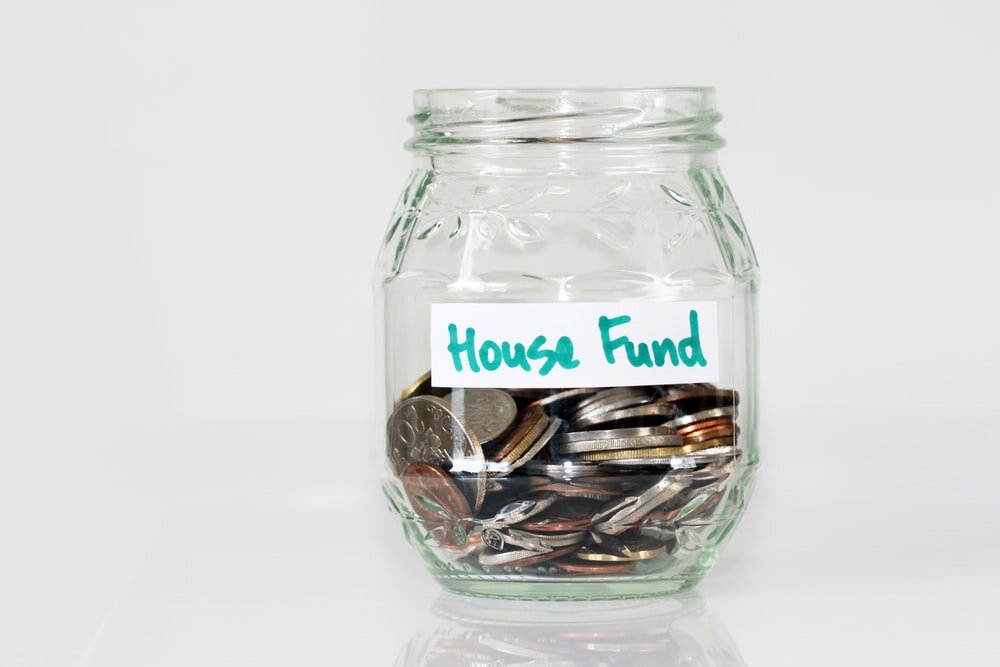How to save in a low interest rate environment
Low interest rates giveth, and low interest rates taketh away: the Federal Reserve has signaled their intention to keep interest rates very low for the foreseeable future. How low? This low:
This is good news for borrowers: you can borrow to buy a home or auto for less than ever before, and you can refinance existing loans into better, more beneficial terms. But what about savers?
We’re living through the ultimate rainy day right now, and many of us have boosted savings in response. The feeling of wanting more protection against financial hardship is a very real takeaway from this experience, and my sense is that it won’t soon change.
if you’re accumulating cash so you can someday buy that home or auto, or meet another short-term goal, though, it can feel like a frustrating race against the clock with no help from the piddling interest rates available.
But here’s the thing: over a short timeline, even a few years, a lower interest rate matters less than you might fear. Let’s say you want to buy a house, and will start saving $1,000 a month toward that goal. If you earn an annual rate of 0.50% interest along the way, and that rate doesn’t change, you will have $60,741 after 5 years. If you earn a currently dreamlike 2% instead, you would have $62,805. And if you earn an unimaginable 5%, you’d have $67,342. Certainly there’s a difference, but it’s unlikely to put your goal out of reach. This is particularly true when you consider that if you have existing higher-rate debt, you can refinance it now and put the money saved toward your goal. I know that I, and lots of advisors, bang the drum of the power of compounding all the time. And it’s pretty big! But it also takes a while for the effects to really be felt.
It still makes sense to shop around for the best savings rates you can find, of course. High yield savings accounts aren’t paying much (see the 0.50% above), but it’s still much better than a regular savings account (more like 0.01%). Some credit unions offer surprisingly good rates, if only up to a maximum balance. And if you’re willing to put a chunk out of reach until you need it, a 2- or 3-year CD might be worth looking at.
And remember that it might be tempting to look elsewhere for yield (the amount you earn on your savings), using investments like fixed income mutual funds and ETFs, or stock funds. But that comes with market risk, and you could lose a hefty amount of principal just when you need it most.
Saving is saving, and investing is investing: the goals of the two are different. You save money for specific reasons: to provide an emergency fund and to meet short-term goals. The purpose of those dollars is stability and predictability, not growth from the outside. You’re earning less on your savings, but also paying less to borrow money, and less for consumer goods overall. If you have a savings goal in mind, don’t let today’s low interest rates discourage you: stick with your strategy and you won’t miss the extra interest.


